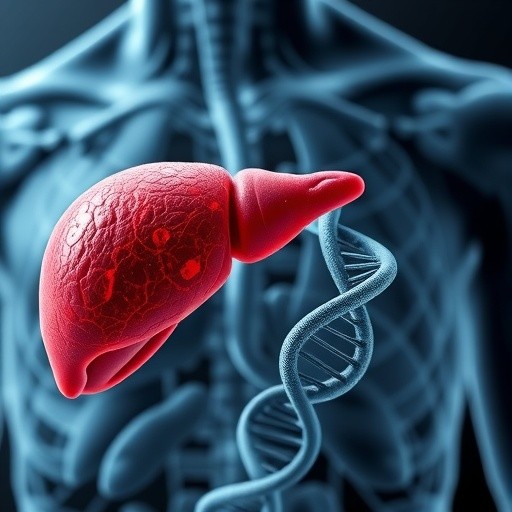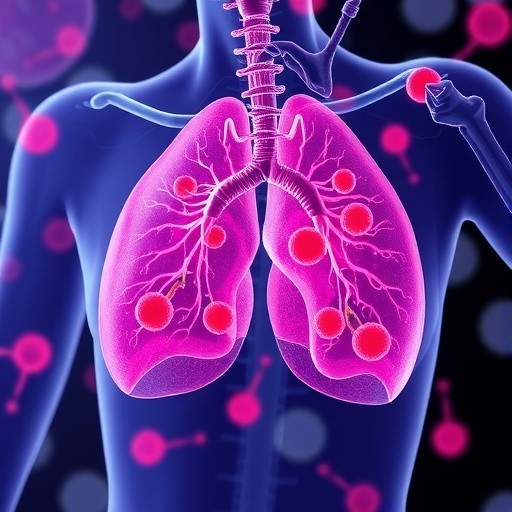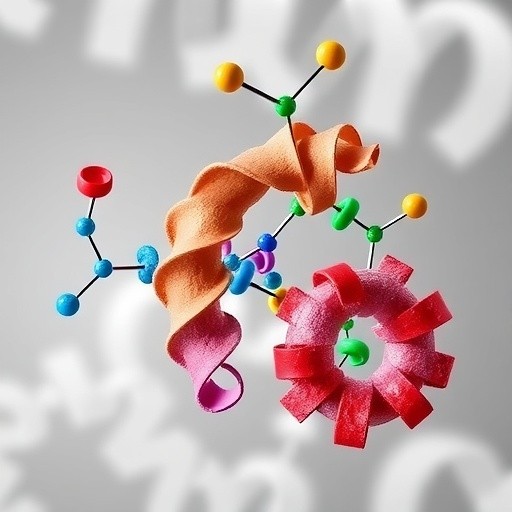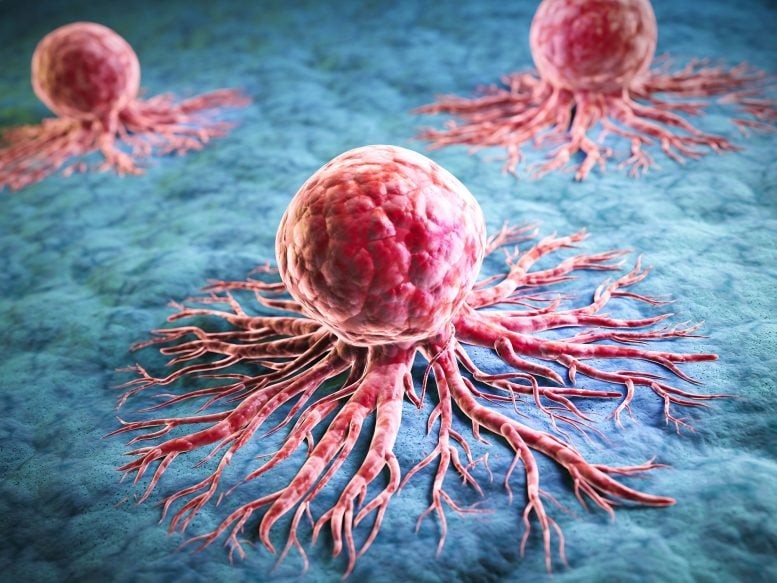Genetic Insights Connect Fatty Liver to Insulin Resistance
Metabolic-dysfunction-associated steatotic liver disease (MASLD), previously known as non-alcoholic fatty liver disease (NAFLD), has emerged as a stealthy yet formidable global health challenge, affecting nearly one-third of the world’s population. Characterized by excessive lipid accumulation in liver cells, MASLD often develops silently, evading early detection and complicating clinical management. Recent advances in human genetics and metabolic research are reshaping our understanding of MASLD, opening the door to precision-medicine approaches for this complex condition.
At the heart of MASLD lies a delicate interplay between hepatic steatosis and systemic metabolic dysfunction, particularly insulin resistance. Modern diagnostic criteria go beyond simply quantifying liver fat, emphasizing evidence of metabolic impairment. This approach captures the disease’s heterogeneity and aligns with the frequent co-occurrence of type 2 diabetes, cardiovascular disease, and chronic kidney disease, illustrating the broader metabolic disturbances that accompany liver pathology.

Figure 1. Fatty Liver to Insulin Resistance.
Genetic predisposition plays a pivotal role in MASLD susceptibility and progression. Genome-wide association studies (GWAS) and targeted gene analyses have highlighted variants in genes regulating lipid metabolism, insulin signaling, and inflammation—such as PNPLA3 and TM6SF2—as key drivers. These insights reveal individual differences in disease manifestation and establish a causal link between MASLD and systemic insulin resistance, challenging earlier views that liver fat was merely a passive consequence of metabolic disorders. Figure 1 shows Fatty Liver to Insulin Resistance.
Research into end-stage liver disease has further unveiled an adaptive aspect of hepatic pathology. Somatic mutations in cirrhotic livers, particularly in genes controlling glucose and lipid metabolism, suggest the liver attempts to recalibrate its metabolic machinery under chronic stress. This adaptive response may influence disease progression and therapeutic outcomes, offering new perspectives on cirrhosis and hepatocellular carcinoma within the MASLD spectrum.
Recent breakthroughs in MASLD research have transformed understanding of the disease by using partitioned polygenic risk scores (PRS) to identify genetically distinct subtypes with unique clinical patterns. Integrating genetic, metabolic, and clinical data is paving the way for precision medicine, enabling early detection, personalized treatment, and improved outcome prediction.
MASLD’s close association with insulin resistance highlights its systemic nature—disrupted insulin signaling, lipid imbalance, and chronic inflammation link liver dysfunction to overall metabolic health [1]. Because of its heterogeneous presentation, diagnosis and management require comprehensive tools that combine genetic, biochemical, and imaging biomarkers.
At the molecular level, abnormal lipid metabolism and inflammation drive disease progression, leading to oxidative stress, fibrosis, and heightened risks for cardiovascular and kidney disease. Advances in genomics and systems biology have uncovered new molecular targets and biomarkers, offering unprecedented precision in disease characterization.
Early risk stratification through genetic and metabolic profiling could revolutionize screening and prevention, while emerging targeted therapies—informed by genotype and metabolic status—promise more effective treatment. Together, these innovations mark a new era of precision hepatology, where integrated genetic insights, biomarkers, and AI-driven analytics are reshaping strategies to combat this global metabolic disorder.
References
- bioengineer.org/genetics-reveal-links-between-steatotic-liver-insulin-resistance/
Cite this article:
Keerthana S (2025), Genetic Insights Connect Fatty Liver to Insulin Resistance, AnaTechMaz, pp.516















